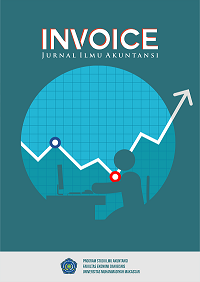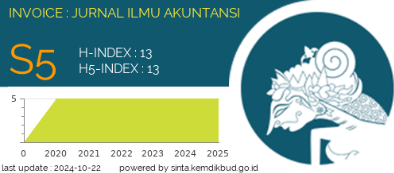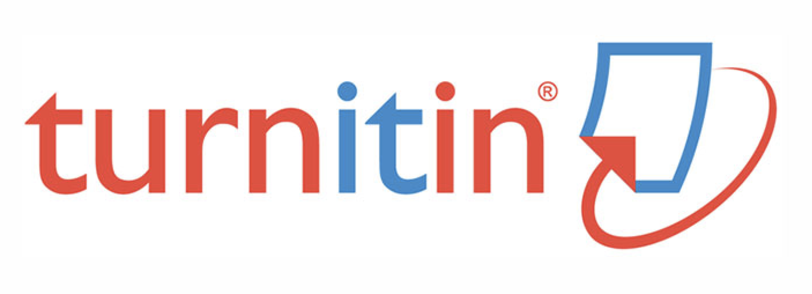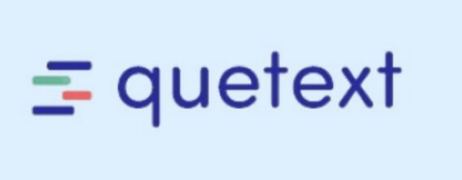Financial Performance Analysis of Indonesian Sharia Commercial Bank’s Using the Islamic Index Approach in 2019-2022
DOI: https://doi.org/10.26618/inv.v5i2.12306
Abstract
This study aims to measure Islamic banking financial analysis using Islamicity Indices which is needed for stakeholder assessment and for future progress. The sample in this study was Islamic Commercial Banks, based on the purposive sampling method, 3 Islamic Commercial Banks were obtained including BCA Syariah Bank, Mega Syariah Bank and Muamalat Bank. In this study the data was processed using Microsoft Excel Software/Applications. The ratio will be calculated according to a predetermined formula. The results of the study show that the performance of Islamic banks in Indonesia during the 2019-2022 period has a "quite satisfactory" rating. However, there is one ratio that has an unsatisfactory predicate, namely the zakat performance ratio. Indonesia is still low and the difference in the welfare of directors and employees of Islamic banks is high.References
Ardi Juniarto. (2018). Kinerja Perbankan Syariah Di Indonesia Menggunakan Pendekatan Islamicity Indices. Energies, 6(1), 1–8.
Endah, I. (2013). Analisis Kinerja Keuangan Bank Umum Syariah Dan Faktor Faktor Yang Mempengaruhinya. 39–48.
Hasimi, D. M. (2020). ANALISIS KINERJA PERBANKAN SYARIAH DI INDONESIA DENGAN MENGGUNAKAN PENDEKATAN ISLAMICITY INDECES. REVENUE: Jurnal Manajemen Bisnis Islam, 1(01), 61–72.
Kurniawan, F. H. (2021). Keuangan & Bisnis Syariah Kinerja Keuangan Bank Umum Syariah di Indonesia Berdasarkan Islamicity Performance Index Periode 2015-2019. 3(2), 230–253.
Mardian, S. (2019). Tingkat Kepatuhan Syariah di Lembaga Keuangan Syariah. Jurnal Akuntansi Dan Keuangan Islam, 3(1), 57–68.
Nurhayati, S., & W. (2011). Akuntansi Syariah di Indonesia (Pertama). Jakarta: Salemba Empat.
Purwitasari, F., Chariri, A. (2011). Analisis Pelaporan Corporate Social Responsibility Perbankan Syariah Dalam Perspektif Shariah Enterprise Theory : 25.
Ria Fatmasari, M. K. (2018). Analisis Kinerja Keuangan Perbankan Syariah Dengan Pendekatan Islamicity Performance Index pada Perbankan Syariah di Indonesia. Akademi Akuntansi, 6(1), 1–8.
Rukajat, A. (2018). Pendekatan Penelitian Kuntitatif (Pertama). CV. Budi Utama.
Suhada, S., & Sigit, P. (2019). Analisis Kinerja Perbankan Syariah di Indonesia Dengan Menggunakan Pendekatan Islamicity Index. Jurnal Akuntansi Dan Keuangan Islam, 2(1), 5–37.
Wahid, N. N., Firmansyah, I., Fadillah, A. R., Siliwangi, U., Siliwangi, U., & Siliwangi, U. (2018). Analisis Kinerja Bank Syariah Dengan Maqashid Syariah Index ( msi ) dan Profitabilitas. 13, 1–9.
Yoga Adi Surya, B. N. A. (2020). Analisis Perbandingan Kinerja Keuangan Bank BNI Syariah Dan Bank Syariah Mandiri Di Masa Pandemi Covid-19.
Yusnita, R. R. (2019). Analisis Kinerja Bank Umum Syariah Dengan Menggunakan Pendekatan Islamicity Performance Index Periode Tahun 2012-2016. Jurnal Tabarru’: Islamic Banking and Finance, 2(1), 12–25.
Downloads
Published
Issue
Section
License
Authors who publish with Invoice: Jurnal Ilmu Akuntansi agree to the following terms:
-
Copyright Ownership
The copyright of all articles published in this journal remains with the author(s). However, the authors grant Invoice: Jurnal Ilmu Akuntansi the right of first publication with the work simultaneously licensed under a Creative Commons Attribution 4.0 International License (CC BY 4.0). This license allows others to share, copy, redistribute, adapt, and build upon the work for any purpose, even commercially, as long as proper credit is given to the original author(s) and the source. -
Licensing and Access
Invoice: Jurnal Ilmu Akuntansi provides immediate open access to its content on the principle that making research freely available to the public supports a greater global exchange of knowledge. All published materials are available freely without subscription or payment and can be accessed, downloaded, and reused by any user provided that appropriate attribution is given. -
Permission for Reuse
For uses not covered by the CC BY 4.0 license, such as commercial reprints, translations, or any form of adaptation without clear attribution, users must obtain written permission from the editorial team. Requests for such permissions can be directed to the editorial office at: [invoice@unismuh.ac.id]. -
Plagiarism and Originality
Authors are responsible for the originality of their submissions. All articles are screened for plagiarism using appropriate tools before acceptance. Manuscripts found to contain unoriginal content or infringing materials will be rejected or retracted as per journal policy.














